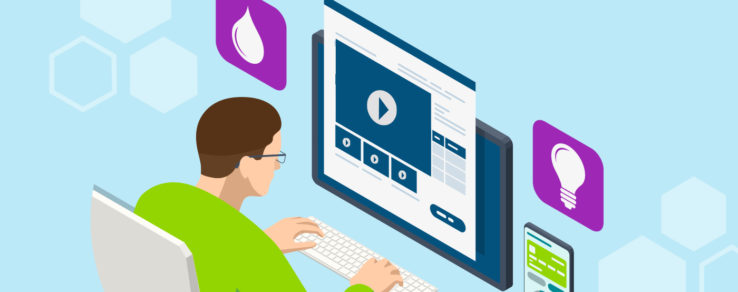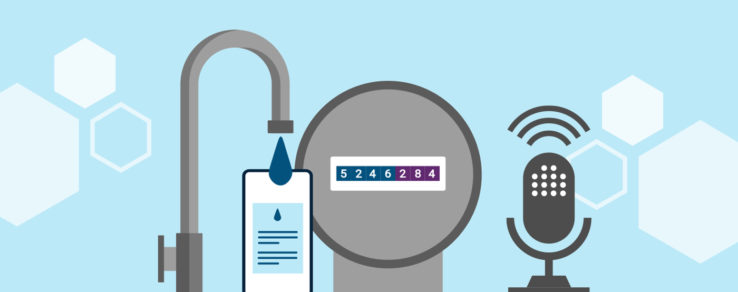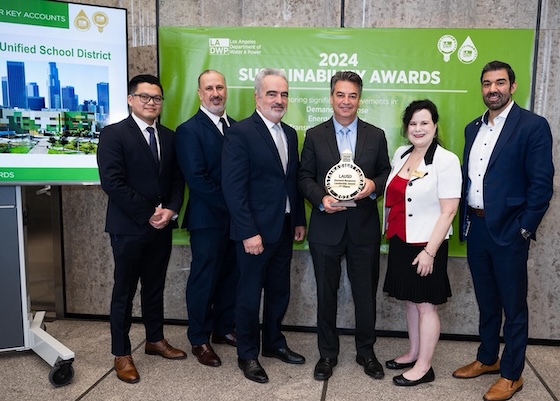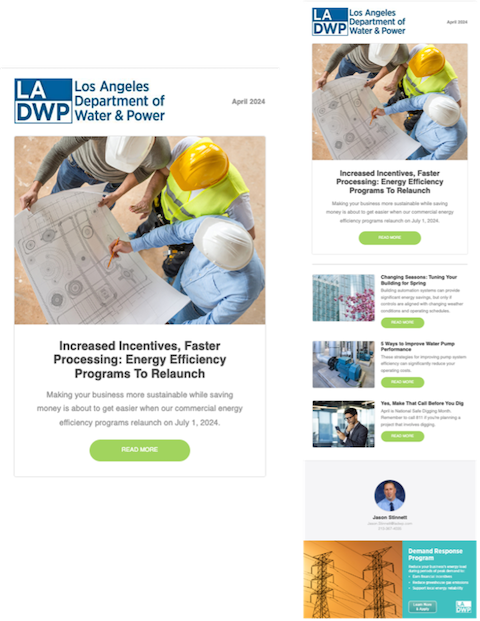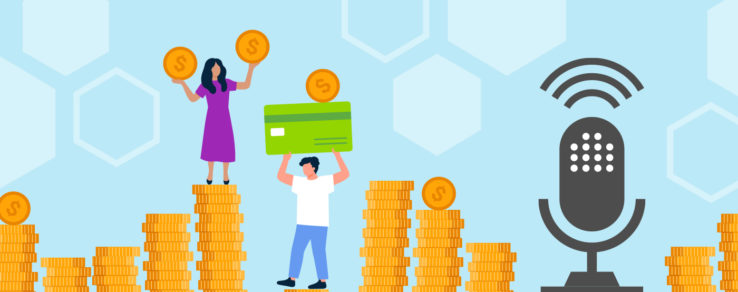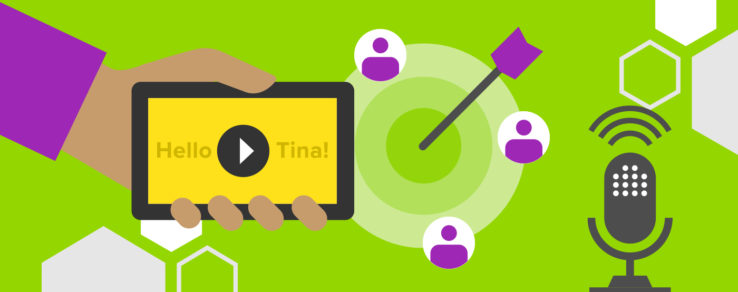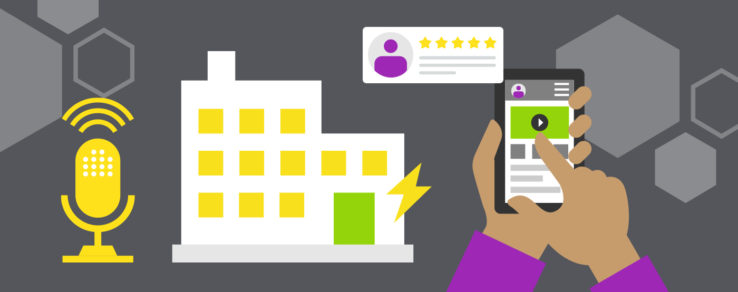Utilities today are grappling with a significant Key Account Manager (KAM) training challenge. As experienced workers retire, new hires from outside the industry bring fresh perspectives but often lack the utility-specific knowledge needed to hit the ground running. Meanwhile, long-term employees must continuously adapt to new technologies and evolving customer expectations.
During our recent Plugged In webinar, “Utility Key Account Manager Training: Success Strategies,” we explored several critical strategies aimed at achieving success in Key Account Management training programs. Tim Mays with TCM Solutions, formerly of Blue Ridge Electric Cooperative, and Dennis Mingyar with Ohio’s Electric Cooperatives, offered actionable advice on strengthening your training programs and empowering your KAM team.
Building Relationships: The Key to Key Account Manager Training Success
The role of Key Account Managers is more than just providing information — it’s about fostering customer relationships. According to Mays, successful KAMs need a range of skills, from problem-solving and time management to clear communication. But the most essential skill? The ability to connect with people.
“A Key Account Manager has to have a broad understanding of the industry,” says Mays. “But really, having good interpersonal relationship skills and being able to talk to people is one of the most important skills.”
Mingyar echoed this sentiment, adding, “I fully agree that to be successful as a Key Account Manager, you have to be able to speak to people. You have to value interpersonal skills. […] If you can’t talk to someone, if you can’t connect with someone, if you can’t understand someone’s purpose, you probably don’t want to be in Key Accounts because you’ve got to get to know people ahead of time.”
Additionally, Mingyar shared a memorable quote he had recently heard: “You need to be more people and less PowerPoint.” This reinforces the idea that KAMs can’t just focus on presenting information, they’re have to work to build trust as well.
For many Key Account customers, their KAM is the sole face of the utility, which makes the relationship even more significant. They turn to their KAM for guidance and support, expecting them to speak and act on behalf of their utility.
“Realize that your role is to be the face of your company to an industry and the face of the industry to your company,” says Mingyar. “Your job is to help each party know more about the other party. You are their representative.”
To assist in developing these key interpersonal skills, Mays suggested two books for KAMs to read:
- “The Two Sides of Love” by John Trent and Gary Smalley
- “The Five Languages of Appreciation in the Workplace” by Gary Chapman and Paul White
“They [Trent and Smalley] talk about understanding strengths that can help you and they give you some guidelines and some good resources to better understand who you are and what your personality type is,” says Mays.
Fostering a collaborative environment where both KAMs and business customers feel connected to one another and the services they rely on is imperative.
Leverage Industry Knowledge to Provide Tailored Solutions
Understanding your customer’s industry is crucial for delivering value as a Key Account Manager. Mingyar and Mays both stressed the importance of learning the ins and outs of each Key Account’s industry, from challenges to opportunities.
“Get to know your industry. What are the peaks? What are the valleys? What challenges are they facing?” says Mingyar. “This is where we need to step in and say, ‘How can we help you in this time of challenge? What can we do to make you more energy efficient? What can we do to work with you on a rate plan? How can we help?’ Try to become a partner to your Key Accounts.”
Mays agreed, emphasizing that the more KAMs understand their customers’ needs, the better they can provide meaningful solutions. “It’s crucial to understand not just what members are purchasing but also the strategies behind managing their energy use,” he said. “When customers are informed, they make better decisions.”
As Key Account Managers continue to face challenges, including time constraints, technology changes and industry turnover, it’s more important than ever for KAMs to adapt and offer solutions that align with their customers’ unique situations. When KAMS prioritize the needs of their customers, the results can be transformative — improving satisfaction, engagement, program enrollments and more.
The Power of KAM Networks: Strength Through Shared Knowledge
While building customer relationships is critical, developing strong networks with other Key Account Managers is equally valuable. According to Mays and Mingyar, Key Account Managers can greatly benefit from sharing knowledge and learning from each other’s experiences.
“Being part of a strong network allows us to share insights and learn from one another,” says Mays. “This is how we continue to grow and find new ways to serve our customers.”
Whether through industry conferences, LinkedIn or informal meetups, connecting with like-minded professionals can provide KAMs with new strategies and ideas to better serve their customers.
This type of engagement and connection also gives KAMs the chance to quickly address customer questions or concerns, further enhancing their own service, support and trust.
Mingyar’s advice? “The time to make a best friend is not when you need a best friend.” This applies to both customer relationships and KAM-to-KAM interactions. Building a strong network early on can help KAMs resolve challenges and stay ahead of customer needs.
Adaptability and Trust: The KAM’s Competitive Edge
As utility programs evolve, so must Key Account Managers. Staying flexible and responsive to customer needs is crucial for long-term success. Mingyar highlighted how feedback should guide a KAM’s strategy, ensuring that utilities remain aligned with customer expectations.
“The key to long-term success in utility programs is staying flexible and responsive to customer needs,” says Mingyar. “Utility companies must adjust their strategies based on what their customers are saying and doing.”
Building trust through consistent, open communication is another major factor in KAM success. As Mays pointed out, “Relationships build trust, and trust opens doors. It also gives you a lot of forgiveness if things go wrong.”
Empower Your KAM Team for Lasting Success
In today’s evolving industry, a well-trained and connected Key Account Manager team is a utility’s greatest asset. By focusing on relationship-building, industry knowledge and continuous training, utilities can ensure their KAMs are equipped to meet customer expectations and drive lasting engagement.
Mays summed up the discussion with this powerful advice: “Become the expert in your industry. Train, train, train. Know who your Key Accounts are and how your industry impacts them. And communicate, communicate, communicate — internally and externally.”
